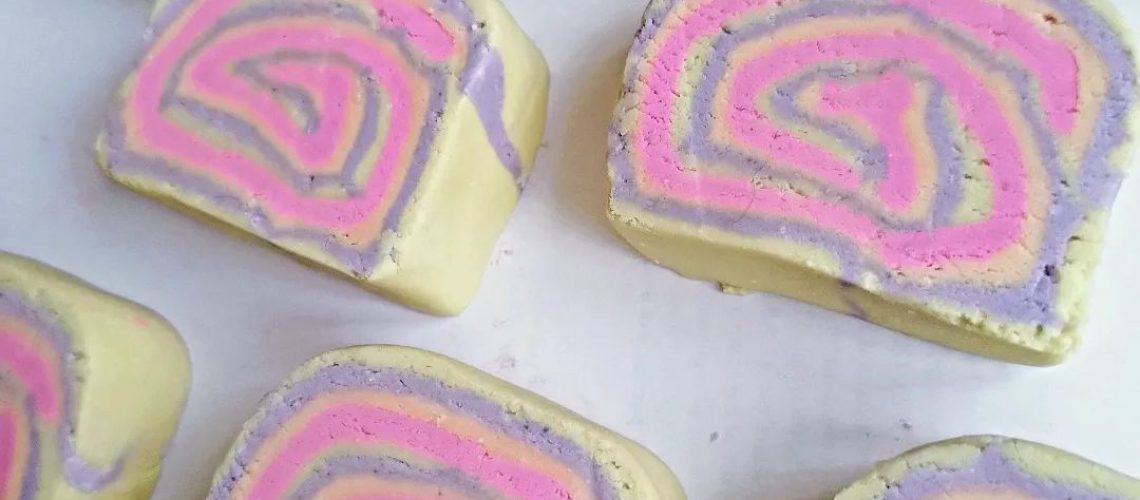
Team Soak Rochford
How to Calculate Your Costs to Ensure Your Business is Profitable
Three tips on how you can master the financial aspect of cosmetic creation to remain profitable
When first starting a home, bath and body business, it can be easy to get carried away with all the exciting ideas you have such as a wide range of products, endless designs and top-of-the-range packaging.
However, if you’re serious about becoming a full-time cosmetic creator, you need to ensure your business is profitable. Keep reading to discover three tips on how you can do that.

Calculate Your Costs
The first step to making a profit is understanding how much it costs to make your products. Start by writing down all the ingredients you use for each product, this includes everything from oils to fragrances to pigments. Add up the cost of each ingredient to find the total cost of the materials for one product.
Next, consider the packaging. Whether you’re using pots, pumps, or boxes, include the cost of each item. Packaging is an important part of your product’s appeal, but it can also be expensive, so it’s vital to factor it in.
Now, think about your time. If you’re making the products yourself, how long does it take to make each one? Your time is valuable, so it’s important to put a price on it. If you find this tricky, you could set an hourly rate for yourself and then calculate how much time you spend on each product.
Finally, don’t forget about other expenses. This could include things like shipping costs, equipment, and utilities such as electricity. Add these up to get a clear picture of what it costs to make each product.
If you’re more of a visual learner, you might prefer to watch Jay’s “How to Calculate Your Costings” YouTube tutorial.
Set the Right Price
Once you know your costs, the next step is to set a price that covers these costs and allows you to make a profit. A simple way to do this is to multiply your total cost by a certain number. For example, many businesses use a markup of 2 to 3 times the cost to ensure they make a profit.
For instance, if it costs £1.50 to make a product, you might sell it for £3 to £6. This should cover your costs and give you a profit. However, it’s also important to look at what similar products are selling for. If your prices are too high compared to competitors, customers might go elsewhere. On the other hand, if your prices are too low, you might not make enough money to cover your costs.
Keep Production Efficient
To maximise profits, it’s important to make your production process as efficient as possible. This means finding ways to save time and reduce waste. For example, you could buy ingredients in bulk, which often lowers the price per unit. However, be careful not to buy more than you can use, as some ingredients might expire.
You might also consider using tools or machines to speed up production. Simple things like a good quality mixer or an automated filling machine can save you time and allow you to make more products in less time.

